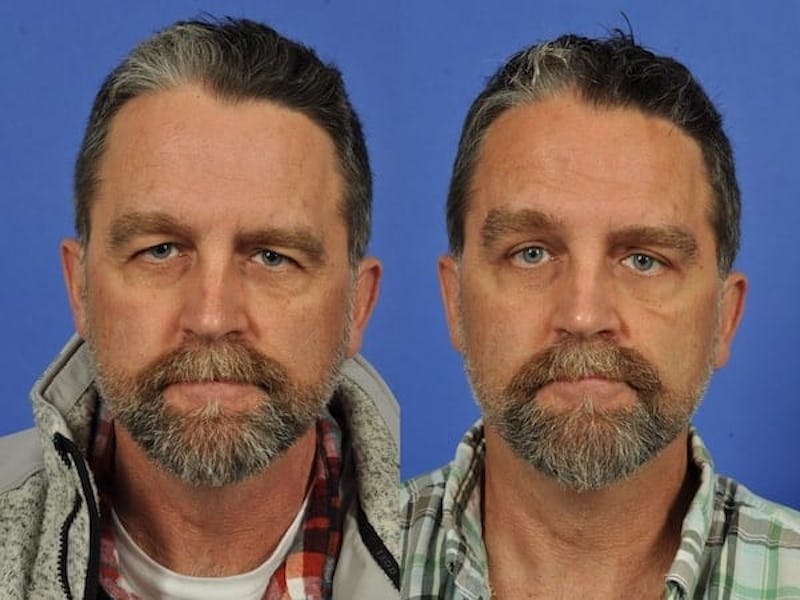
We are really privileged to have many patients referred to us from ophthalmologists and optometrists in consideration of a ptosis repair (a lift of droopy upper lids), blepharoplasty (the removal of skin excess and fat volumes from heavy upper eyelids). My background is ophthalmology, and many of these referrals are from my valued, long-term colleagues.
These patients are actually disabled from the position of their upper eyelids: the superior visual field is obstructed, and they can’t see as well as they should. Reading, watching television, or looking at a monitor for prolonged periods is an effort that leads to premature fatigue and can’t be sustained.
It can be worse than that, though. Trail runners can suffer head lacerations from hitting low-lying branches. Patients sometimes say that when they drive, cars appear at their side, and they don’t see them in the mirror. They narrowly avoid accidents because their blind spot is enlarged. If they are lucky, they are only scared; however, some patients admit that they’ve had more than close calls—namely, a few recent accidents.
Some insurance companies pay for the surgical repair of the droop when we can prove visual field obstruction.
Surgery to lift the mechanical obstruction to vision results in visual improvement and returns the appearance of the eye to its proper state.
Blepharoplasty is the most common cosmetic plastic surgery performed on the face, so you are supposed to look better, right? You now have less fullness in the upper lids and a more defined eyelid crease—the line over which the excess skin folds may become sharper and more elegant.
BUT, there is an issue with doing upper eyelid surgery alone, when the concern is how you will look after surgery. This issue is the look of the brows.
When upper eyelid surgery is performed alone, your brows won’t look any better, and it may not change your appearance to the extent that you expect.
Often, because your problem has developed over time, the eyebrows do the heavy lifting—the brow actually lifts the upper eyelid. And like anything that is overused, the skin can stretch and become redundant, resulting in drooping of the forehead and eyebrows.
The aesthetic unit of the upper eyelids also comprises the eyebrows. When they are not addressed with the surgery, the net effect will be that the area may either look the same, or you or others may note that your appearance has changed. You may notice more skin redundancy in the upper eyelid outer corners. People may think subliminally that the new, elegant upper lid position doesn’t go with the accentuated and now visible droop of the eyebrows, and they may ask you why you are so serious or even so angry.
You may feel that this upper eyelid redundancy represents more skin or fat that needs to be resected by the surgeon, but that’s not the case—more removal would only lessen the vertical expanse of skin and could pull the brows further down.
The eyebrows—and even the forehead—must be considered part of the overall aesthetic of the upper eyelids. That means that to create a truly elegant and beautiful upper eyelid, the brow and sometimes the forehead position need to be addressed. And for this, some type of brow lift may be necessary.
We make patients who want upper eyelid surgery alone aware of this issue by showing them a series of patients who have elected to undergo eyelid surgery alone so they can judge the results for themselves. We compare them to patients who have undergone simultaneous brow lifts with their upper eyelid surgery, and we show them before-and-after photos of patients who have had upper eyelid surgery alone, who have been disappointed even after we warned them about the brow issues. Many of these patients have gone back and had successful brow lifts to show what the brow surgery alone does to improve appearance.
This way, our patients can be fully informed about whether a brow lift is a reasonable decision.
Interested in Learning More?
If your drooping eyelids are affecting your range of vision, contact W Cosmetic Surgery® by calling (610) 828-8880 to see if you are a candidate for upper eyelid surgery, brow lift surgery, or a combination of both.

